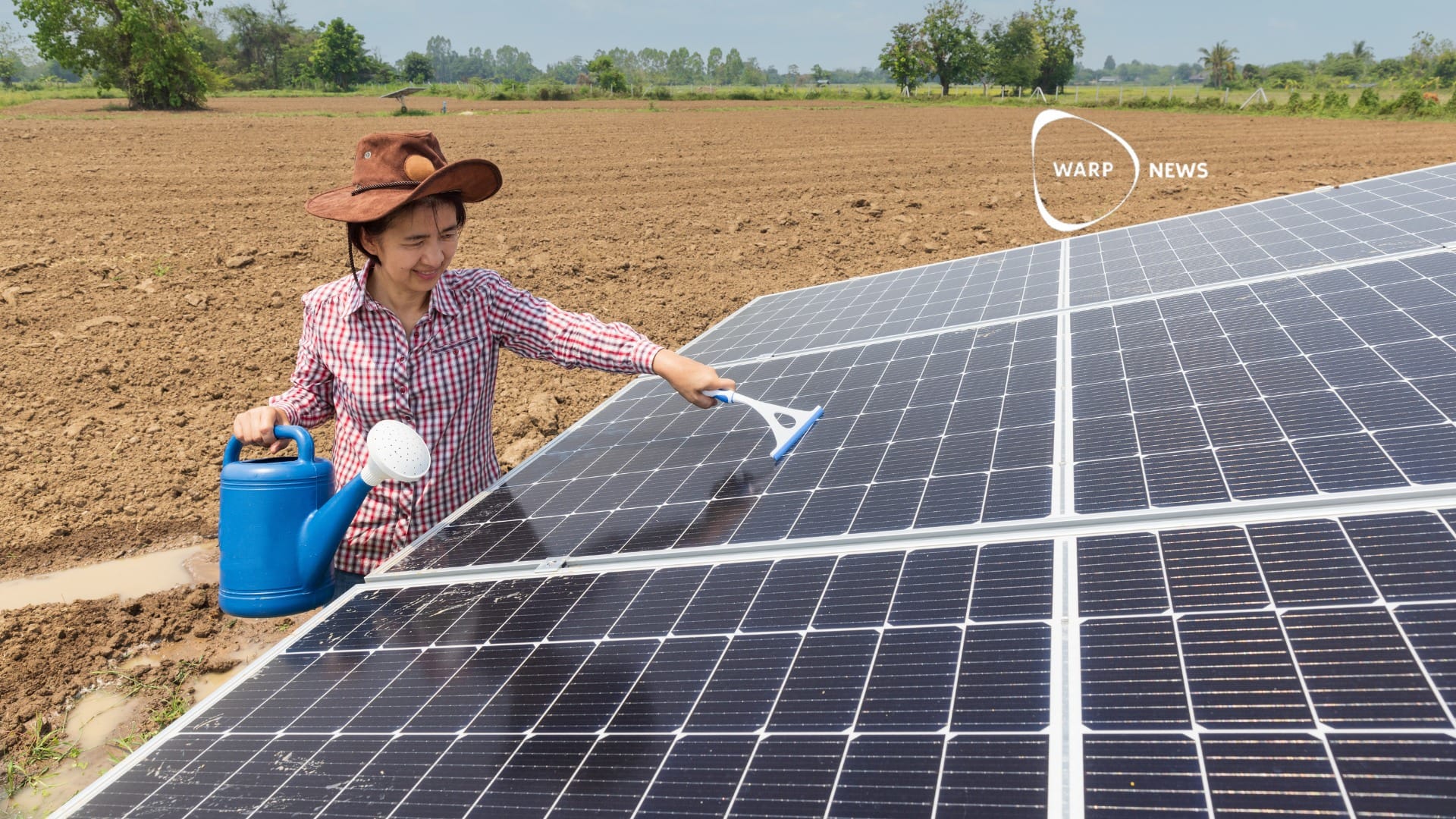
🚰 New method pulls drinking water from the air
The University of Texas has developed a gel film that absorbs water from the air and turns it into drinking water. It can even absorb water in very arid climates.
Share this story!
Engineers from the University of Texas in Austin have created a gel film that can absorb water from the air in every climate - even very arid ones. The gel is made from renewable cellulose and hum from konjac, which is a kind of root vegetable, providing a water-attracting structure also known as hydrophilic.
In order to release the water from the gel film, scientists simply added thermo-responsive cellulose which becomes water repellant (hydrophobic) once heated. Not much heat is needed, making sure the water won’t evaporate in the process.
According to Futurity, this material only costs 2 dollars per kilogram (which is about 2.2 pounds). A single kilogram can produce 6 or more liters (about 1.5 gallons) of water per day in areas where the humidity is 15% or less. If the humidity is up to 30% 13 liters of water (3.4 gallons) can be absorbed from the air.
“This new work is about practical solutions that people can use to get water in the hottest, driest places on Earth,” says Guihua Yu, professor of materials science and mechanical engineering in the Cockrell School of Engineering’s Walker Department of Mechanical Engineering at the University of Texas at Austin to Futurity. “This could allow millions of people without consistent access to drinking water to have simple, water generating devices at home that they can easily operate.”
As opposed to other methods, the gel film can be scaled and improved to absorb more water with varying levels of thickness. The team hopes their product will be available at hardware stores or that people can create the material at home by themselves. It only requires a premade mix and a mold to make the gel.
“The gel takes two minutes to set simply. Then, it just needs to be freeze-dried, and it can be peeled off the mold and used immediately after that,” says Weixin Guan, a doctoral student on Yu’s team and a lead researcher of the work to Futurity.
By becoming a premium supporter, you help in the creation and sharing of fact-based optimistic news all over the world.


